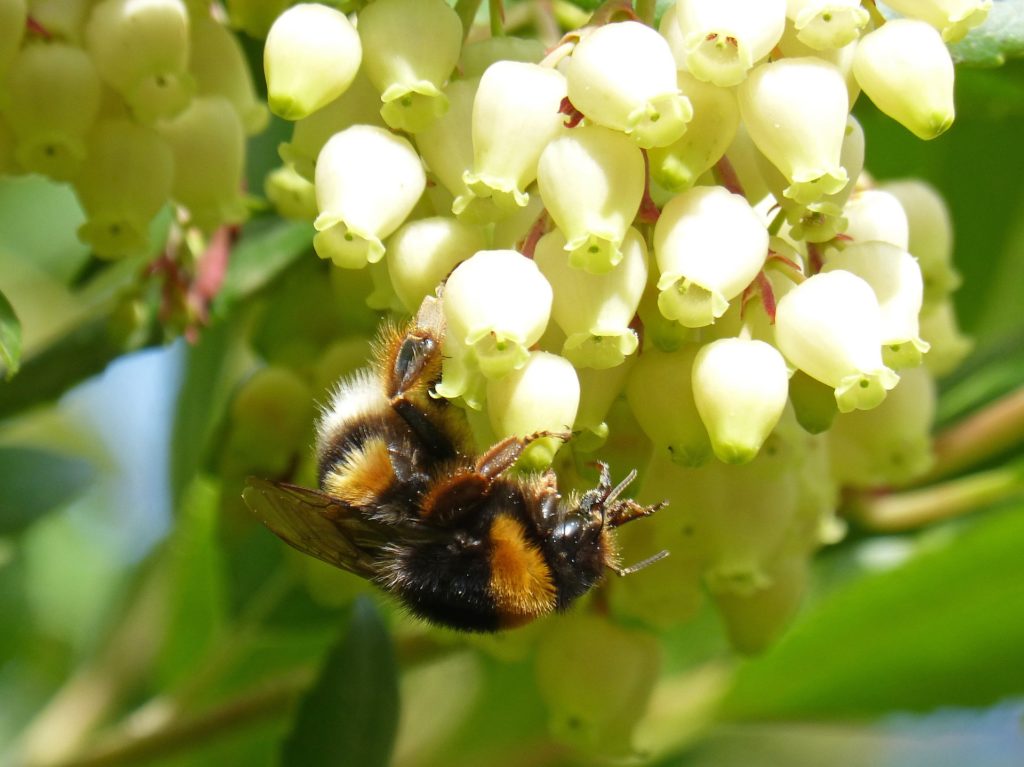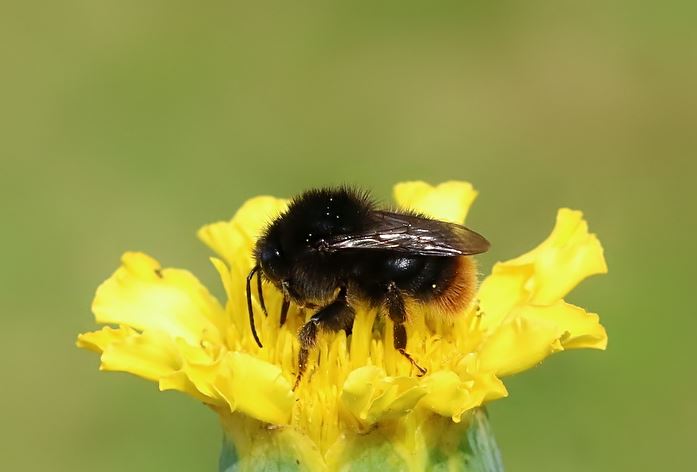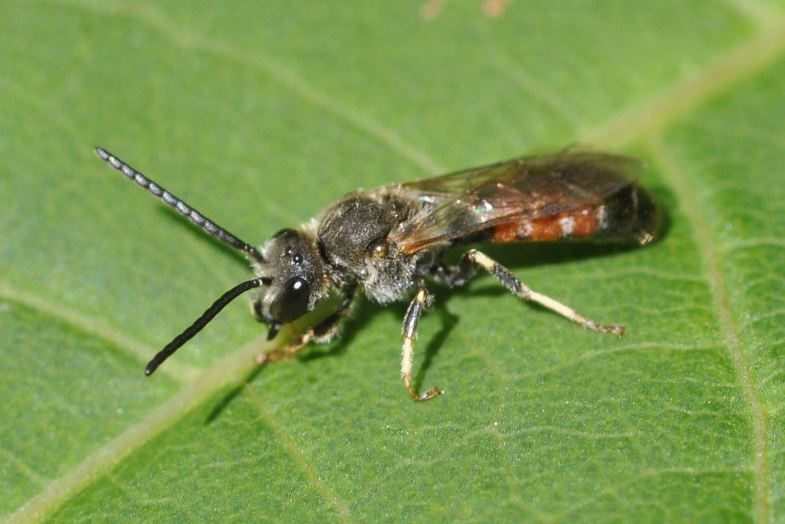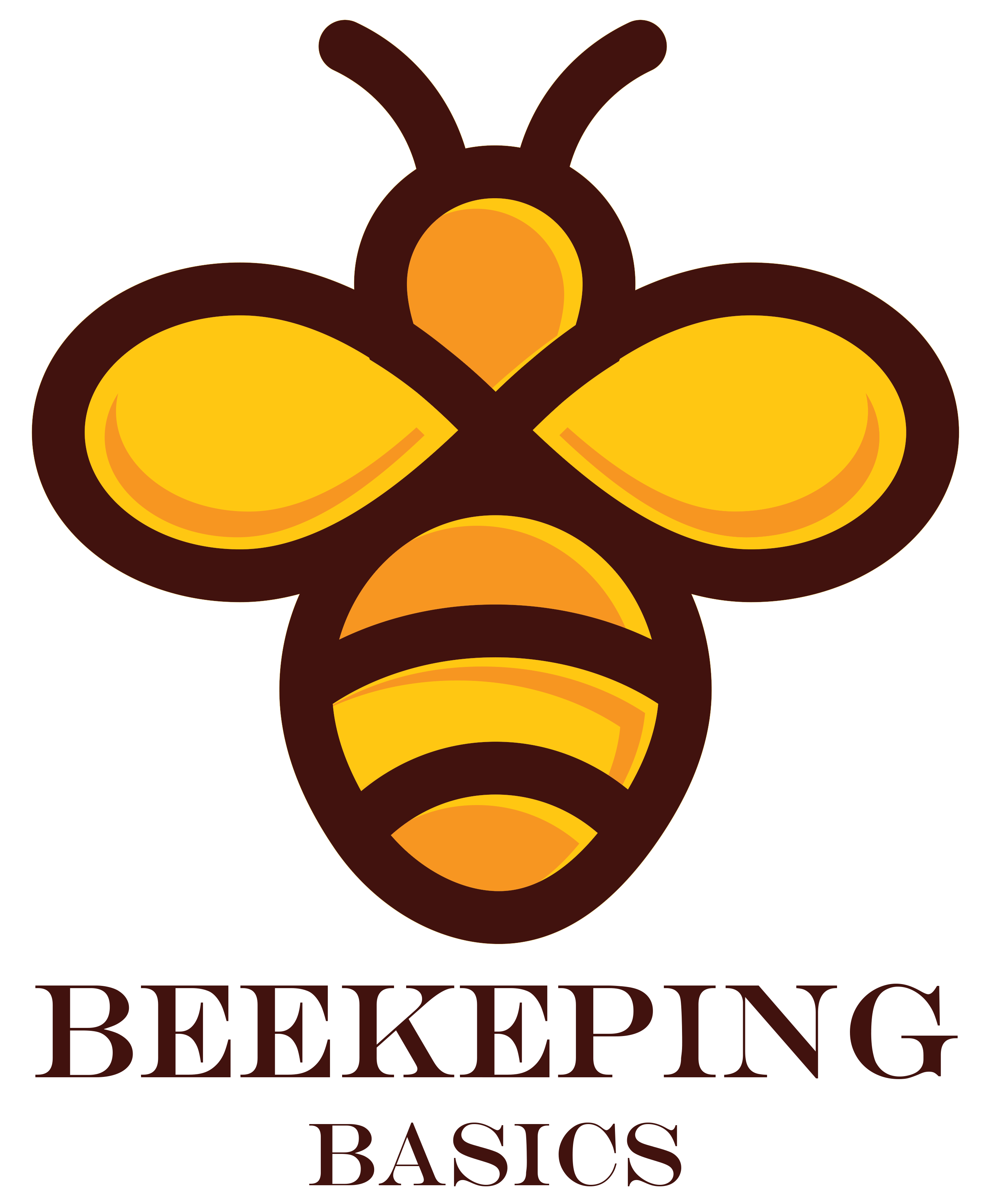A new study shows that one-third of British wild bees and hoverflies are in decline. The researchers found “winners” and “losers” among the bees and hoverflies which are pollinating food crops and other plants. The scientists say that if the bees‘ declining trend continues, some of the species will be lost for good. They also warn, that if this trend continues in the future, there will be big problems in the ability to grow food crops. There is a trend where common species are “winning” and the rarer ones are “losing’. According to this, there is a bigger loss in biodiversity and the situation is getting worse.
What did the study about bees declining show?
The study itself proves everything said above. The scientists looked ad trends in Scotland, Wales and England in 353 wild bees and hoverflies. They followed the trends for over 33 years. One-third of the studied species showed declines in their living areas. Only 10% showed that they have become more numerous. This 10% included bees that are pollinating flowering crops, like oil seed rape. The thing is that only a part of the pollination of food crops and wild plants is done by honey bees in their beehives. The wild bees and other insects are responsible for the bigger part of it.
Which bees are on the winning and which are on the losing side?
As mentioned before, the pollinators are divided into “winners” and “losers”. Among the “winners” we can find twenty-two of the most significant crop pollinators. Among the “losers”, we can find the solitary bees which live in burrows in the ground and upland bees which live in the mountains and moorlands. So, the increase in one species is at the expense of another species. This is one of the main concerns and fear of the loss of diversification.
1. Ashy Mining Bee (a “winner”)

2. Lobe-Spurred Furrow Bee (a “winner”)

3. Tree Bumblebee (a “winner”)

4. Large Shaggy Bee (a “loser”)

5. Red-Shanked Carder Bee (a “loser”)

6. Smooth-Gastered Furrow Bee (a “loser”)

Moreover, the chief executive of the charity Buglife, Matt Shardlow, states that the new paper is additional proof that the pollinators are in danger. He warns that the health of the environment and the food supply should not be taken for granted. The research represents a pool of more than 700.000 records from volunteers who were recording the presence or absence of certain insects in their area.
Which factors are the reason for the decline of the pollinators?
One quite important and significant reason for this trend is habitat loss. This trend is appearing due to climate changes as well. Another important reason is the use of insecticides. Because of this, the EU introduced a temporary ban on the insecticides which are believed to be harming the bees. In fact, France was the first country in Europe to ban 5 insecticides which are killing the bees.
What can we do to help stop bees declining?
The scientists who were conducting this research say that there are many actions we can take in order to help and save the bees and other pollinators. For example, wildlife-friendly farming and gardening will surely have a positive impact on pollinators. So, they say this, again and again, encouraging gardeners to grow wild plants and weeds.
We should not ignore these facts and should be aware of the problem. The entire ecosystem takes the consequences of this negative trend. Plants rely on insects for the pollination, and insects provide food for many birds, bats and reptiles, amphibians.
Source: https://www.bbc.com/news/science-environment-47698294?fbclid=IwAR2isr6ikHnebDIdPXoy0UUqgeuQ_DkeC7Amms-ENRhwGdhxCfHGYRE7SIo

